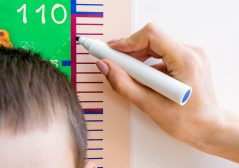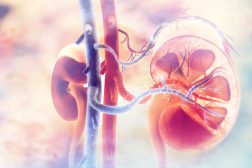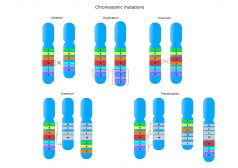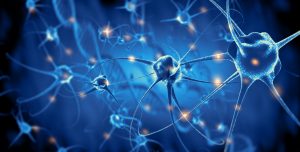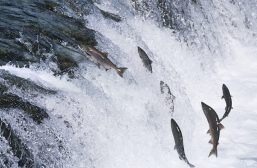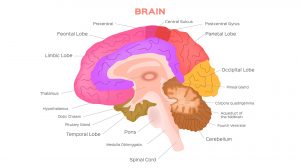Definition
noun
The lower layer of epidermis consisting of non-keratinized, viable cells, in contrast to the outer (upper) layer made up of keratinized, anucleated, non-viable cells
Supplement
In humans, the skin is the largest organ of the integumentary system. Its role is vital as it protects the body (especially the underlying tissues) against pathogens and excessive water loss. It is also involved in providing insulation, temperature regulation and sensation. The human skin is made up of two layers, i.e. the epidermis and the dermis. The epidermis is the outer, waterproofed layer whereas the dermis is the layer beneath the epidermis. The epidermis may be further divided into two major layers: the outer layer of keratinized, non-viable cells and the Malpighian layer of non-keratinized, viable cells. However, there is a more familiar way of categorizing the layers of the epidermis by which the epidermis is described as a four- or five- layered structure. These are stratum basale (or germinativum), stratum spinosum, stratum granulosum, and stratum corneum. Some body parts such as palmar skin and plantar skin have additional layer called stratum lucidum in between the stratum granulosum and stratum corneum. The Malpighian layer, based on the definition (i.e. a layer of non-keratinized, viable cells), pertains to both the stratum germinativum and stratum spinosum. The Malpighian layer is made up of germinative (basal) cells that are mitotically active, melanocytes that give the skin its tan color, and cells that have spiny projections. Therefore, the Malphigian layer includes both the germinative (basal), granular and spinous layers of epidermis. However, other references define the Malpighian layer as either one of these two strata.
Word origin: Named after Marcello Malpighi, the founder of microscopic anatomy and the first histologist
Variant(s):
- Malpighi layer
Synonym(s):
See also:

